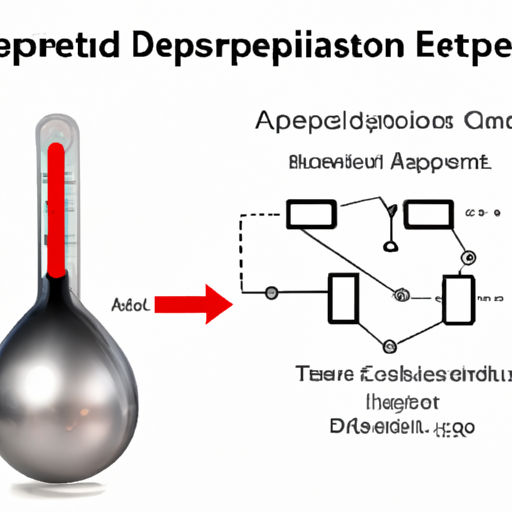Application Development in Solid-State Thermostats: CFR-25JB-52-16R
The development of solid-state thermostats, such as the CFR-25JB-52-16R, represents a significant advancement in temperature control technology. By leveraging cutting-edge technologies and methodologies, manufacturers can enhance performance, reliability, and user experience. Below is an overview of key technologies and notable success stories in the application development of solid-state thermostats.
Key Technologies
| 1. Microcontroller Units (MCUs) | |
| 2. Sensor Technology | |
| 3. Wireless Communication | |
| 4. User Interface (UI) Design | |
| 5. Machine Learning and AI | |
| 6. Energy Management Systems | |
| 7. Solid-State Components | |
| 1. Nest Learning Thermostat | |
| 2. Ecobee SmartThermostat | |
| 3. Honeywell Home T9 | |
| 4. Emerson Sensi Touch Wi-Fi Thermostat | |
| 5. Tado Smart AC Control | |
Success Stories
Conclusion

The development of solid-state thermostats like the CFR-25JB-52-16R is propelled by advancements in microcontrollers, sensor technology, wireless communication, and user interface design. The success stories of leading brands illustrate the potential for innovation in this field, emphasizing energy efficiency, user convenience, and seamless integration with smart home ecosystems. As technology continues to evolve, the future of thermostat development is poised to introduce even more sophisticated features and capabilities, further enhancing user experience and energy management.
Application Development in Solid-State Thermostats: CFR-25JB-52-16R
The development of solid-state thermostats, such as the CFR-25JB-52-16R, represents a significant advancement in temperature control technology. By leveraging cutting-edge technologies and methodologies, manufacturers can enhance performance, reliability, and user experience. Below is an overview of key technologies and notable success stories in the application development of solid-state thermostats.
Key Technologies
| 1. Microcontroller Units (MCUs) | |
| 2. Sensor Technology | |
| 3. Wireless Communication | |
| 4. User Interface (UI) Design | |
| 5. Machine Learning and AI | |
| 6. Energy Management Systems | |
| 7. Solid-State Components | |
| 1. Nest Learning Thermostat | |
| 2. Ecobee SmartThermostat | |
| 3. Honeywell Home T9 | |
| 4. Emerson Sensi Touch Wi-Fi Thermostat | |
| 5. Tado Smart AC Control | |
Success Stories
Conclusion

The development of solid-state thermostats like the CFR-25JB-52-16R is propelled by advancements in microcontrollers, sensor technology, wireless communication, and user interface design. The success stories of leading brands illustrate the potential for innovation in this field, emphasizing energy efficiency, user convenience, and seamless integration with smart home ecosystems. As technology continues to evolve, the future of thermostat development is poised to introduce even more sophisticated features and capabilities, further enhancing user experience and energy management.











